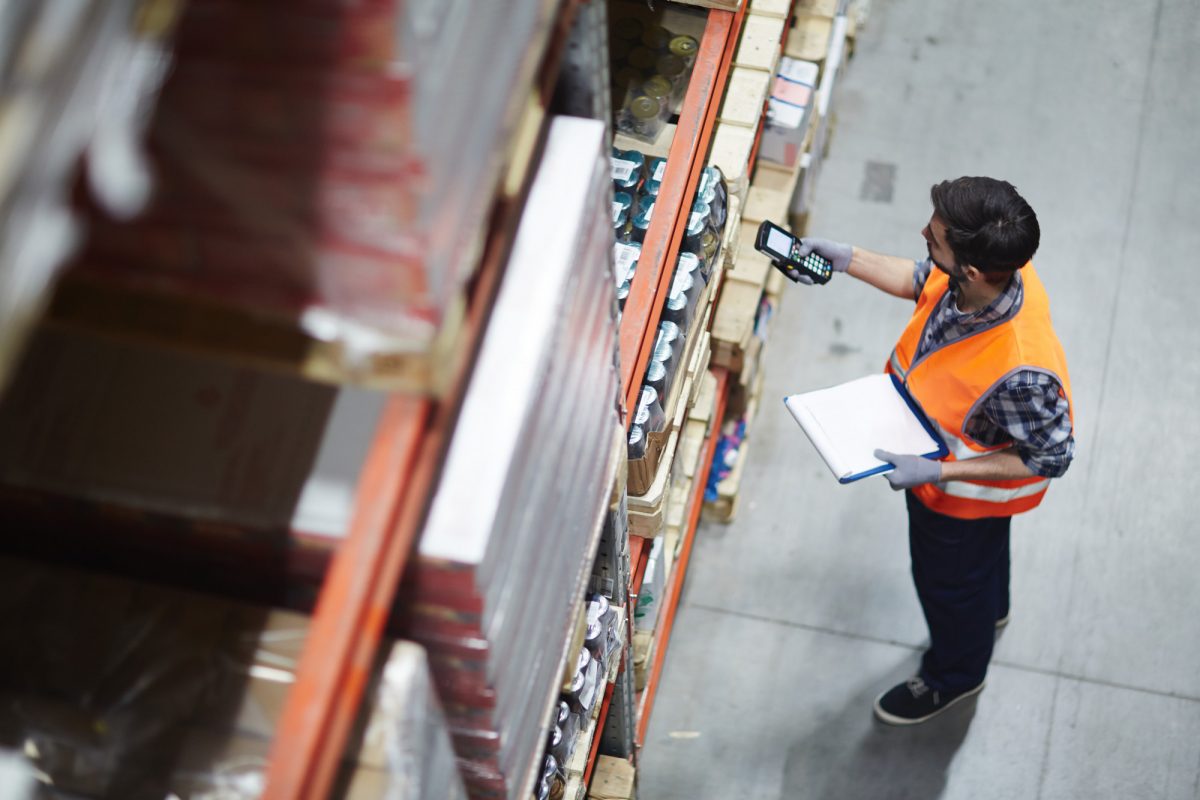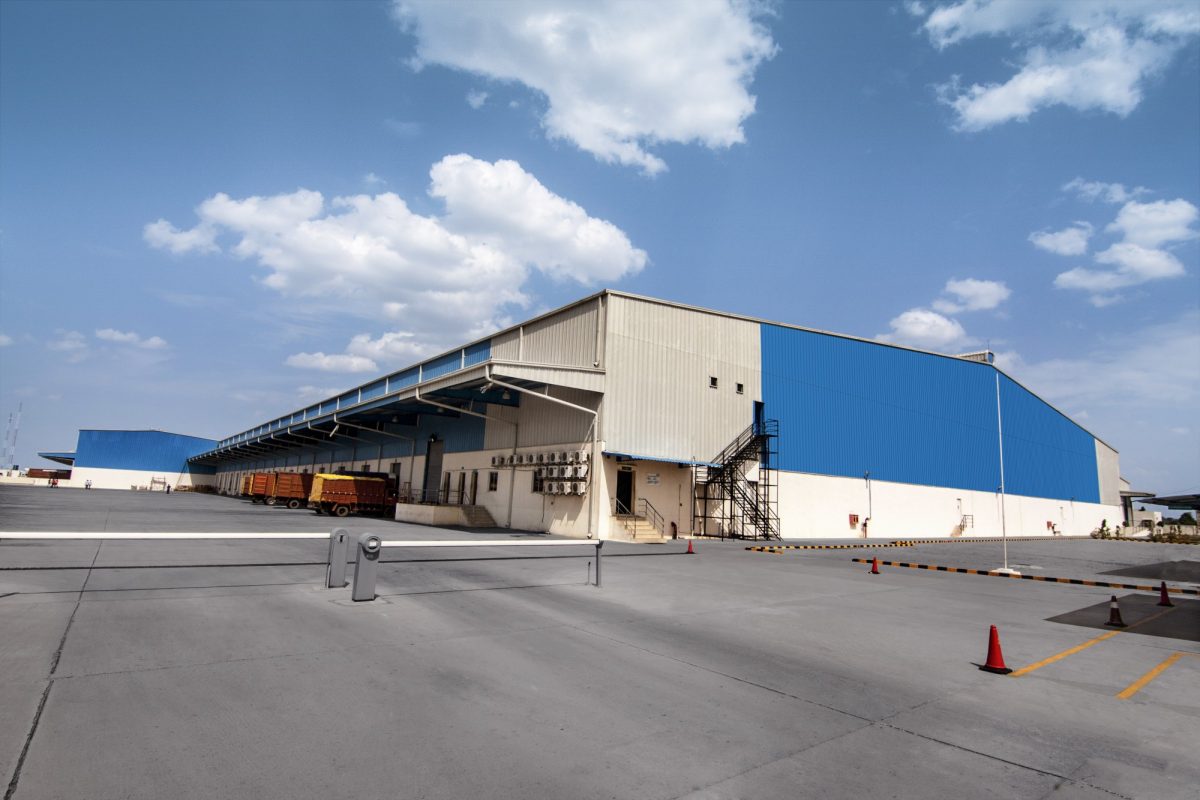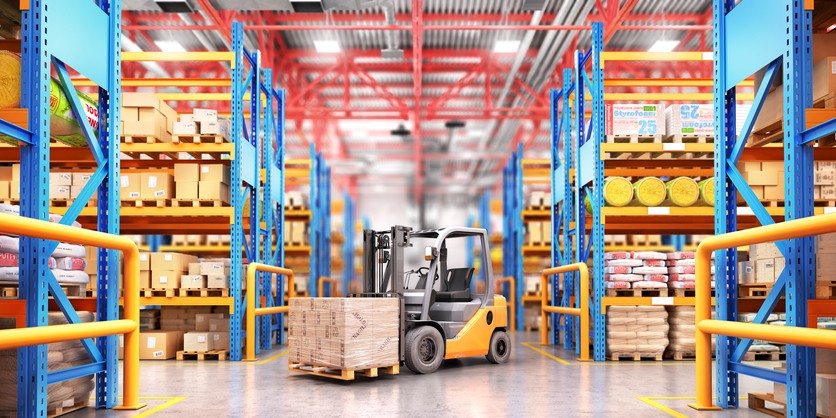September 25, 2020 warehousing
Completing an annual inventory audit or your warehouse may seem like a daunting task, however, this deep dive into the current financial situation of your business is essential.
It is important that every year the warehouse of every company should undergo an inventory audit.
But exactly what is an inventory audit and how do you carry one out?
In this article, we’ll take a look at the audit procedures for inventory. Read on to find out more.
What Is an Inventory Audit?
An inventory audit is a procedure that compares financial records, inventory records, and involves a physical count of all goods that a company is in possession of.
An inventory audit can be a simple spot check involving a physical comparison of stock and inventory records, or it could be a full audit carried out by a third-party.
There are several types of common audit procedures including cutoff analysis, physical inventory count, ABC analysis, and many more. We’ll take a look at these in detail later.
Should You Hire an External Inventory Audit Specialist?
You don’t have to hire an external auditor or inventory audit specialist to carry out the procedure; however, it does help.
Hiring an external auditor will ensure that the count is carried out by independent and impartial people. By doing this, there is no risk of anyone intentionally misreporting figures.
Why Is It Important to Carry Out an Inventory Audit in Your Warehouse?
Having an effective inventory management system in place will help you to speed up your inventory auditing process. The better your system, the quicker your audits will take meaning less disruption to your business. Audits can be less frequent and less complicated with the right system in place.
Having a system that tracks your stock figures in real-time, rather than a static system such as a spreadsheet of stock figures will mean that your inventory will be more likely to be accurate.
Having the right systems in place will help you with many of the major objectives of your inventory audit. These objectives may include the following.
Calculating Profits
It is essential that you carry out inventory audits to calculate your profits. The accuracy in your companies inventory account will determine your bottom line.
Carrying out regular audits will help you to reduce shrinkage and identify any slow-moving items of stock that may be taking up valuable space.
Accurate Budgeting
You need to have an accurate method of tracking the value of your inventory so that you can budget for the next consignment that you need to buy. An inventory audit can help you to budget with greater accuracy as it will let you know exactly how fast you’re selling through specific lines.
Taking this deep dive into your inventory will also let you know how much safety stock you should hold.
Bring Inefficiency to Account
Carrying out an inventory audit will help you to identify inefficiency. The inventory process can hello you to identify which lines are repeatedly stocking out and causing lost sales. They can also help you to identify inefficiencies relating to the way you store your products.
What Might an Inventory Audit Uncover?
When carrying out an audit, you will bring to light any discrepancies. These can then be adjusted and rectified. It is important that you do this as stock loss needs to be measured as part of your end of year financial record keeping.
You may uncover the following:
- Damaged or out of date items which cannot be sold
- Obsolete items that you no longer stock
- Discrepancies where you have more stock than expected
- Discrepancies where you have less stock than expected
Once all of these things are brought to light, you should record the discrepancies and stock which need writing off and correct your inventory records.
Let’s look at some of the different procedures that you might use when carrying out an audit.
Cutoff Analysis
A cutoff analysis is where you pause operations during the inventory. This means holding off from receiving stock or shipping items. Usually, during this period, any stock that is received is held in a separate area and not counted.
By not handling stock, you can be sure that nothing goes unaccounted for.
Physical Inventory Count
A physical inventory count is designed to make sure that the stock records that you have on your system match up with the physical stock.
To help track the count automatically, you may use product barcodes and barcode scanners.
You should have a process of double-counting any areas where there are discrepancies. You should also spot check counters by double-counting to ensure accuracy.
ABC Analysis
If you stock items that range in value, you may want to use ABC analysis. This is where you group items of different values and volumes together. For instance, you may group all of your high-value (“A” products), mid-value (“B” products), and low-value (“C” products).
By grouping your products in this way, you’ll make it easier for an auditor to focus on the high-value inventory items.
Reconciling Items
If you find any discrepancies while carrying out your inventory audit, then in addition to reconciling each variance, you may want to do a full audit trail investigation to find out the root cause of the problem.
You may notice that there are certain error-prone SKUs that crop up repeatedly. Identifying these will allow you to keep an eye and tighter control over them in the future.
Carrying Out Your Inventory Audit
Carrying out an inventory audit may be a time-consuming task, however, it is worthwhile. The actual process of counting the stock and comparing it to the records is simple. But carrying out the necessary follow-up investigations into problematic SKUs may require more effort.
If you’re looking for a warehousing solution for your business that is efficient, get in touch today. We’ll provide you with a free quote and let you know how we can meet your needs.








